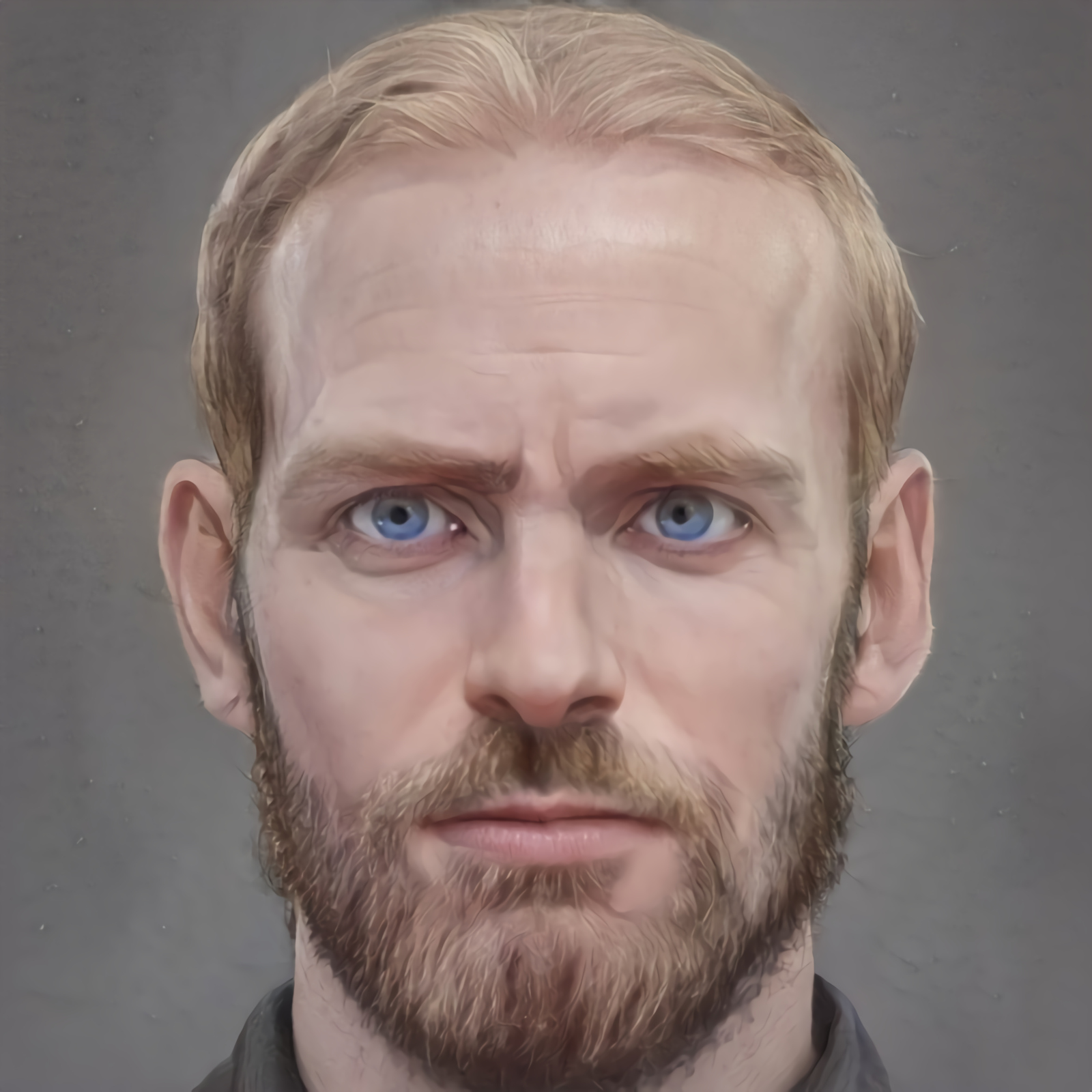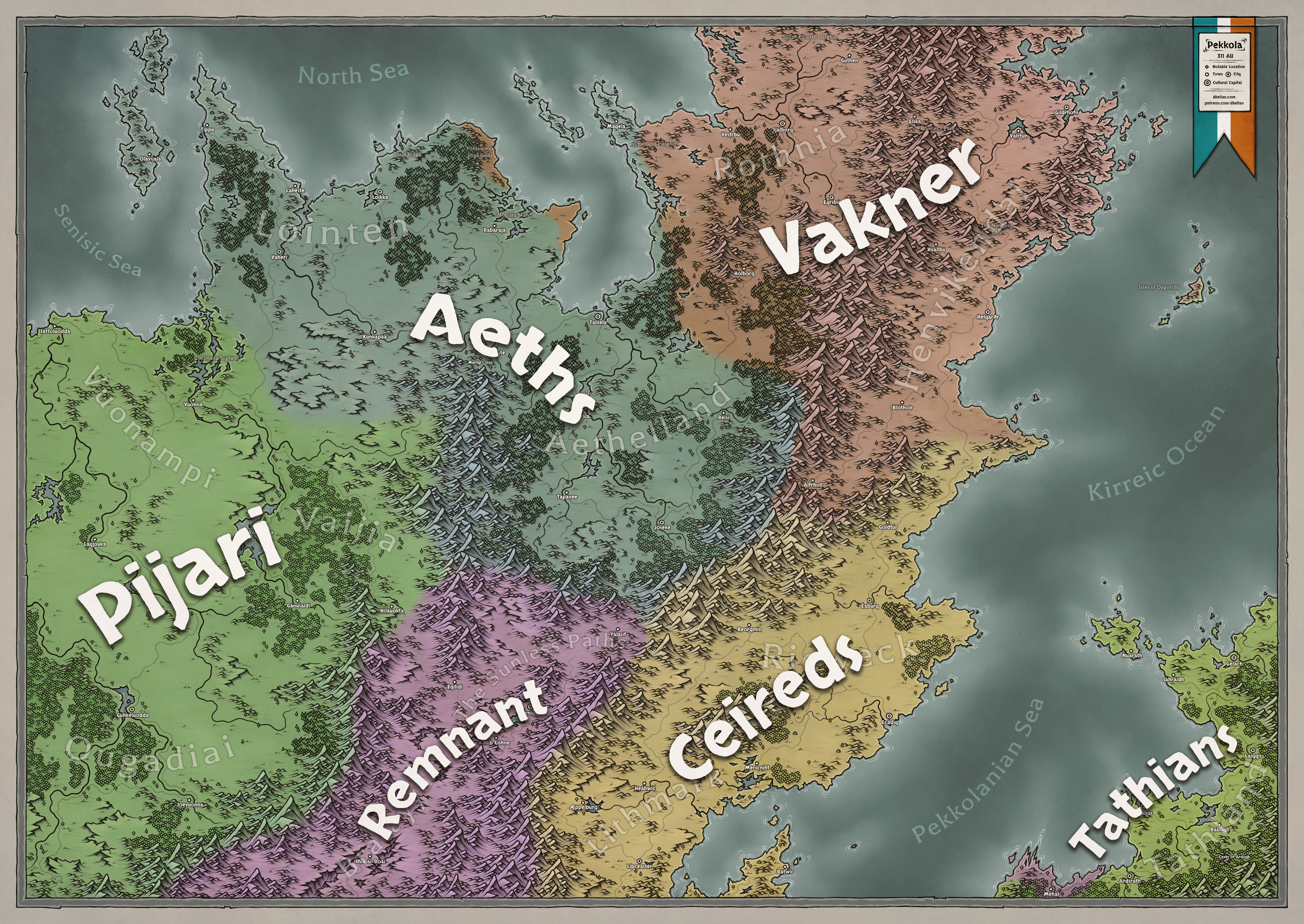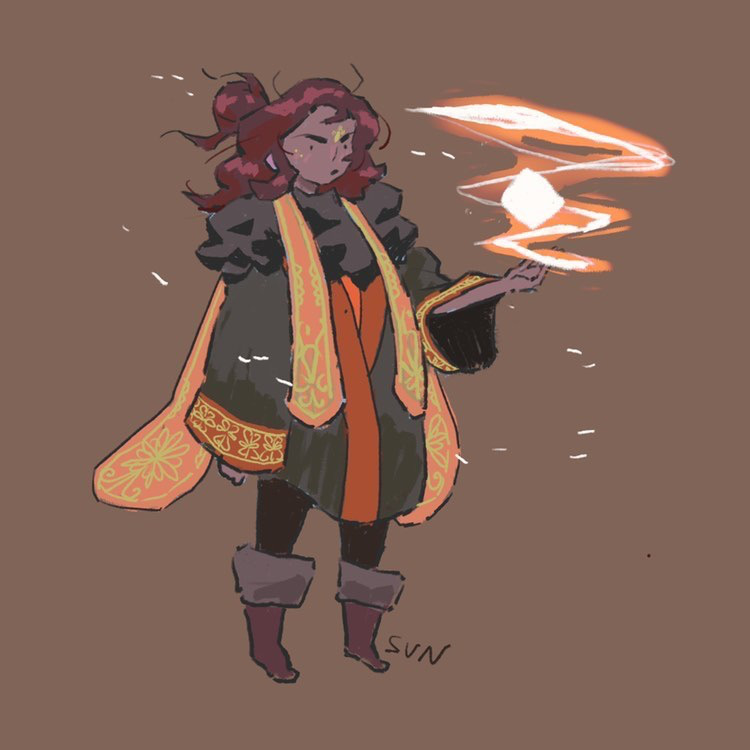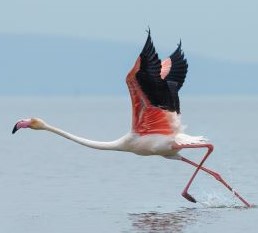Vakner
Children of the Northern Frost
Our forefathers may have left the northern lands, but our ways have remained the same. They'd be glad to know that their descendants enjoy longer, healthier lives while still maintaining our fierce ways.The Vakner people are native to the northern reaches of Pekkola, where they live along the rivers of Rothnia, and in the mountain valleys and the shores of Henvikendal. Their forefathers migrated south from the desolate frozen wastes north of Pekkola, now known only as Æþíne. Throughout the known world, Vakner folk are regarded as honourable and polite. Their merchants are highly respected among the peoples of the Kirreic Ocean and the seafaring vessels on which they travel are renowned for their speed and hardiness.
Appearance
Foreigners who have visited Henvikendal and Rothnia have remarked on similarities between the land and its natives. A Vakner man or woman stripped of their clothes would likely remain unseen by most in the wintery weather. They would also likely freeze as even with their natural resilience towards the cold, their homeland shows no mercy to those who'd remain on her soil unprepared.Heads
The facial features of most Vakner are similar to those of their Aeth neighbours to their southwest. Such common characteristics result from generations of intermingling between the two peoples.Vakner are known for their fair and well-maintained hair, to which they dedicate a special ritual in the morning and before sleep. Many of them even apply special scents to attract and impress people.
People with brown eyes are a rare sight in their territories except for the borderlands between the Vakner and Ceireds where light brown and amber eyes are less rare. Most folk have blue or grey eyes, but there's also a significant minority of green-eyed people in Rothnia because of their proximity to the Aeths.
The hardy sons and daughters of the northern lands are as pale as the white lands that surround them. Their eyes as blue as the sky and sea pierce through all deception as they determine a man's honour and worth.
Never have I encountered a people as sturdy, yet refined beyond expectations. In the eyes of the Vakner, even the Rahya must have appeared barbarous.
Culture
Community, cooperation and communication are key aspects of Vakner society that have moulded the way they behave and how their society functions. In most villages everyone knows and regularly works with their fellow neighbours. In larger towns and cities where knowing everyone is impossible, all families are still aware of each other and their patriarchs hold weekly or biweekly meetings where the families can get to know their fellow townsfolk more.Justice
Village and town meetings between families are also for solving legal disputes and deciding upon punishments for criminals. The verdicts of these judgements are often considered soft on criminals, but that’s because the Vakner wish to avoid future bad blood with their neighbours and so they hope a slap on the wrist will be enough to deter future crime. Repeat offenders and murderers are treated less kindly, often suffering from death, banishment, or serious injury.Gierr, you’ve once again been accused of stealing Knutsen’s sheep. Clearly the last punishment was insufficient. For violating our trust, for dishonouring your family and ancestors, and for the crimes you’ve committed, we the people have unilaterally agreed to banish you from this town with no possessions! Get out and make sure to never set foot on our dear lands again!
Regional Differences
When the Vakner migrated southward to Pekkola they soon found themselves on two sides of a great mountain range. As travel through the valleys proved arduous, the people of Henvikendal and Rothnia diverged into two different recognisable subcultures with their own languages. Over the course of centuries these two identities became stronger and more distinct.Rothnians & Henvikish
The Rothnians had to deal with the Aeth who they both fought and made friends with at times. The outcome of this cultural exchange and bloodshed moulded those Vakner west of the mountains into a more warlike folk, capable of brilliant feats of conquest. In Henvikendal, east of the dividing heights, things were less tense and the local culture retained much of its original aspects, making them the closest to their ancestors who had migrated there. The Henvikish learned the value of trade and shipbuilding and invented the knarr which allowed them to bring prosperity from foreign lands to the benefit of their people. Success brought upon jealousy from the Tathians whose resentfulness led to their participation in the Rahya war for Henvikendal.Warfare
The armed forces of Vakner rulers focus on light cavalry, and hilltop archery and on the high seas they excel at naval boarding. Whenever a vessel of theirs is under attack or in the process of raiding another ship, the crew’s primary aim will be to subdue the enemy without harming the ships. The Vakner are all great at swimming and cold waters don’t phase them all that much.
When waging war on dry ground, their armies cling close to hills and cliffs from where they can unleash volleys of arrows upon their foes. When the enemy’s morale is wavering, the Vakner will bring out their nimble light cavalry to rout and run down whoever is left.
The horses they use are nimble and feel at home when running around on hills. The best of their mounts are born and bred in the hills of Henvikendal near Blótholr and Helgarðr.
Last time I encountered a bunch of unfriendly Vakner I ended up losing half of my vessels and then half a year later I encountered my lost vessels with a ton of Vakner merchants on it back in the harbour.
Legends
Each child from the shores of the Kirreic to the stormy beaches of the North Sea has heard the tale of King Hálfdan Ubbasen and his voyage across the sea. The story of how the legendary uniter of the Henvikish had fallen to his own hubris and lost a mighty relic of their people, the Vákniþir, is passed down from generation to generation. It is a lesson in the dangers of uncontrolled greed and hubris and serves as a warning to the younger generations. While the tale originates from Henvikendal and is most well known there, plenty of parents in Rothnia have learned of it and tell it to their descendants as well.
Related Organizations
Related Items
Related Myths
Related Locations
Rothnian Names
Male
Ále, Alver, Alvgeir, Anders, Anlávur, Anunder, Arnbjörn, Arngrimur, Arni, Arnvast, Asbjörn, Ainar, Báge, Baldur, Bárid, Bengt, Bersi, Berti, Birger, Björn, Pó, Borkvard, Botulver, Bragi, Buhli, Dág, Dan, Dyre, Eiliv, Égil, Émund, Érik, Éskild, Falki, Fáste, Fílip, Frédrik, Frírek, Frohi, Freyer, Folki, Gandalv, Geirr, Georg, Gnupa, Gorm, Greger, Grimer, Guhvri, Guhmundur, Gudröder, Gunnar, Hákon, Hálsten, Hárald, Haukur, Helgi, Hemming, Holmger, Hrahn, Hroler, Hrane, Hästen, Hjalmar, Hrodgar, Hrodulv, Hröker, Hysing, Ingölv, Ingemar, Ingjald, Ivar, Jedvard, Jon, Karl, Kettel, Kettelmund, Kjartan, Klás, Knut, Kol, Kolbjörn, Magnus, Markus, Mats, Nils, Niklas, Oder, Oig, Olav, Orm, Otarr, Rev, Rehil, Ragnarr, Rikul, Rögenvald, Skuli, Snorri, Sigbjörn, Sigtryi, Sigurd, Starka, Sten, Sturla, Styrbjörn, Styrkar, Suni, Sveinn, Sverker, Sämundur, Sölvi, Sörkver, Tjudmund, Toke, Tolir, Tórbjörn, Tórfinn, Tórbrand, Tórdur, Tórgil, Torsteinn, Tórolv, Toste, Totil, Tryggve, Tyke, Ulv, Vagen, Valdemar, Åke, Yngvar, Örvar, ÖysteinnFemale
Aléta, Alvhild, Alfrid, Alvör, Anna, Ása, Áslaug, Asta, Astrid, Beata, Birgitte, Björg, Bodil, Bothild, Édla, Élin, Élisabet, Freyja, Gerdir, Glodir, Gríma, Gunnhilder, Gurli, Gudrun, Gyla, Gyrid, Gyda, Havrid, Halla, Helena, Holmrid, Iliana, Inga, Ingbjörg, Ingerdir, Ingrid, Kárin, Katarína, Kráka, Kristína, Linda, Maer, Malmri, Margaréta, Mária, Rikissa, Rögnfrid, Rögnhild, Sága, Sára, Sihv, Sigrid, Skuldi, Sofia, Svanhild, Ulvhild, Vigdis, Ylva, Yrsa, Tóra, Tordis, Týra, FreydísSurname
Father's name (or mother's if father is unkown) + -son (son) / -dytter (daughter)
Henvikish Names









Great to see you writing some more Pekkola stuff again <3
Creator of Araea, Megacorpolis, and many others.